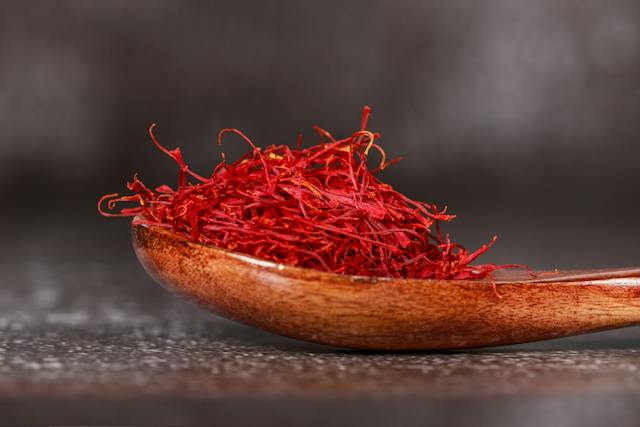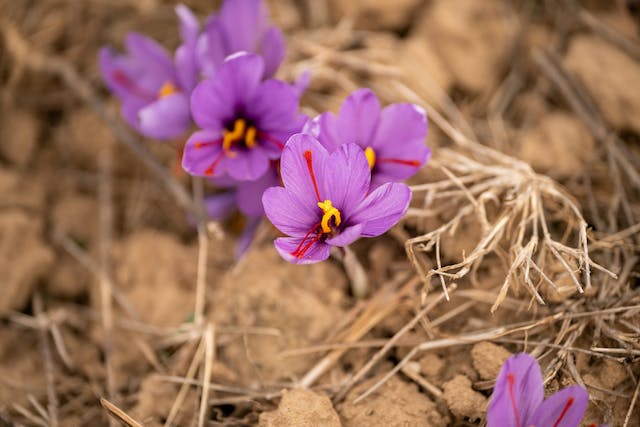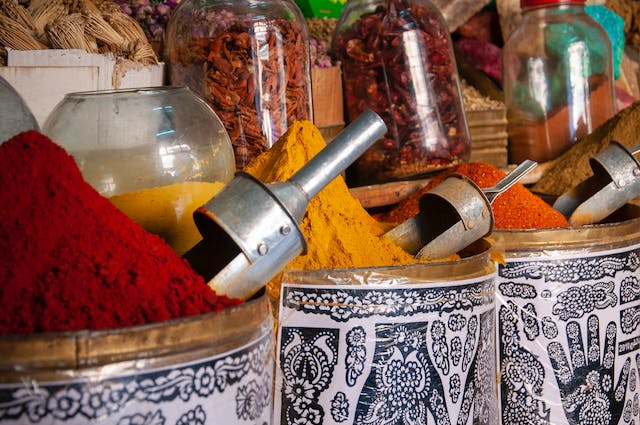Affectionately referred to as the “Red Gold,” saffron is the world’s most expensive spice due to its labor-intensive cultivation process and the incredibly high demand on the global market. It’s derived from the flower of Crocus Sativus, and for many enthusiasts and entrepreneurial-minded individuals, it represents a golden opportunity to turn a profit. If you’ve ever wondered how to grow saffron for profit, this comprehensive guide will get you off to a great start.
Growing Saffron for Profit

Choosing the right saffron bulbs
Your venture into the world of saffron starts with the right bulbs. Saffron bulbs, or corms, are available for purchase online and in well-stocked gardening shops. Be reminded to only purchase high-quality Crocus Sativus bulbs from reliable sources to achieve optimum yields. The size of the corms matters too; the larger the corms, the more likely they are to flower in the first year.
Preparing the planting site
After procuring your saffron corms, the next step would be to prepare the planting site. Saffron thrives in full sunlight positions and well-draining soil. An adequately prepared site will encourage more vigorous growth, resulting in a bountiful harvest.
Plant the corms at a depth of 3-4 inches and space them adequately, ensuring they’re not overcrowded. The best time to plant them is during summer, for a harvest in the autumn period.
Caring for the saffron

Saffron needs very little water, which makes it a suitable crop in areas with less rainfall. Be vigilant not to overwater your saffron as it promotes rot and can reduce your yields. Saffron also prefers a slightly alkaline to a neutral PH. Adjust your soil accordingly.
Harvesting saffron
The exciting part of how to grow and sell saffron comes in during the harvesting stage. Saffron flowers for only a week or two a year—usually in mid-autumn. A flower will present itself with three vivid crimson stigmas, which are the parts harvested as saffron. Carefully hand-pick the stigmas and laid them on paper to dry for a few days. After drying, store them in an air-tight container.
Selling saffron
After your harvest, it’s time to enter the market. Fortunately, because saffron is such a beloved and expensive spice, finding customers for your product might be easier than you think. The first option is to sell your saffron directly to gourmet restaurants in your vicinity. Another viable option is to sell them at local farmers’ markets. These outlets embrace locally-grown, high-quality produce, making them ideal for your saffron venture.
Of course, leveraging the internet can exponentially increase your sales. Consider setting up an e-commerce store to sell your saffron directly to consumers and wholesale buyers globally. Additionally, you can also list your product on popular online marketplaces.

When selling, packaging is important. Since saffron is a high-end spice, it should be packed in a way that emphasizes its quality. Glass containers are often preferred due to their aesthetic appeal and their ability to preserve the freshness of the spice.
It’s also worth noting, selling saffron requires a deep understanding of its unique selling proposition in the market. Effective marketing, emphasizing the high-quality, flavor, color, and aroma of your saffron, can significantly increase its demand and level of profit you make.
Learning how to grow saffron for profit can be a highly lucrative endeavor with the right investment. It requires minimal water, hardly any pesticides, and can be comfortably grown in small areas. Growing saffron for profit effectively boils down to mastering the planting, tending, and harvesting process shown above, followed by smart marketing strategies. With the global demand for this precious spice continuously on the rise, your saffron venture could turn into a goldmine.